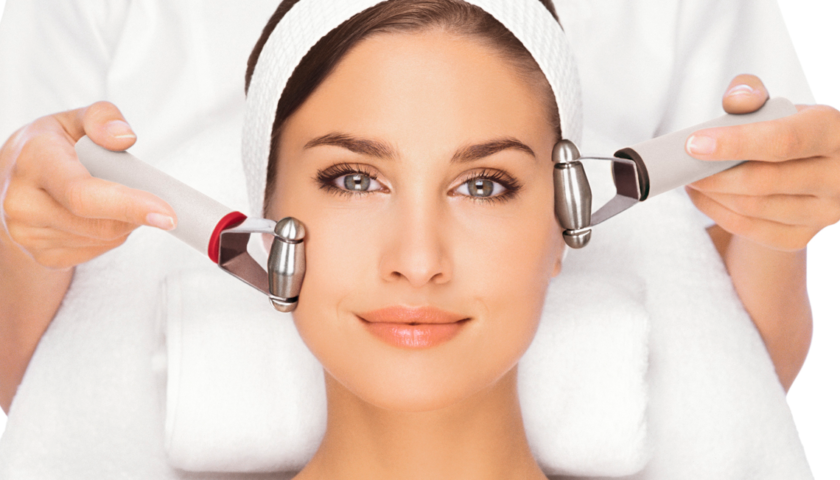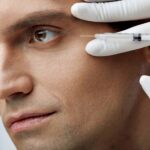THE WHAT? The US Food and Drugs Administration has issued a proposed rule to amend the color additive regulations to increase the fees for certification services.
THE DETAILS Under the Federal Food, Drug, and Cosmetic (FD&C) Act, certain color additives must be certified by the FDA for use in food, drugs, cosmetics, and medical devices. The FDA analyzes samples from each batch of color additive received from a manufacturer and verifies that it meets composition and purity specifications. Certification is performed before the color additives are permitted to be used in products marketed to U.S. consumers. Manufacturers pay fees, based on the weight of each batch, and these fees support the FDA’s color certification program.
If passed, the proposed rule would impose a 10 cent per pound increase on the charge levied for certification, the first rise since 2005 when the current schedule became effective.
THE WHY? The FDA said that an increase is necessary to cover increased operating costs in order to ensure the color certification program continues to operate at the high level of quality and efficiency that industry expects.
Injectable aesthetics are popular due to their ability to provide noticeable results with minimal downtime compared to surgical procedures. They are versatile and can be tailored to meet individual aesthetic goals, whether it's enhancing lips, restoring facial volume, or smoothing out wrinkles. However, they should always be administered by qualified professionals to ensure safety and achieve optimal results.
Injectable aesthetics are used to enhance facial features, reduce the signs of aging, and improve overall facial symmetry and appearance.
Key types of injectable aesthetics include:
-
Dermal Fillers: These injectables are used to add volume, fill in wrinkles and folds, and enhance facial contours. They often contain substances like hyaluronic acid, collagen, or calcium hydroxylapatite, which help plump up the skin and smooth out fine lines and wrinkles.
-
Botulinum Toxin (Botox): Botulinum toxin injections temporarily relax facial muscles that cause wrinkles and lines to form. It is commonly used to treat forehead lines, frown lines between the eyebrows, and crow's feet around the eyes.
-
Collagen Stimulators: These injectables stimulate the body's own collagen production, helping to improve skin texture and firmness over time. Examples include poly-L-lactic acid (Sculptra) and calcium hydroxylapatite (Radiesse).
-
Neurotoxin Injections: Besides Botox, other neurotoxins such as Dysport and Xeomin are used similarly to reduce wrinkles and lines.





